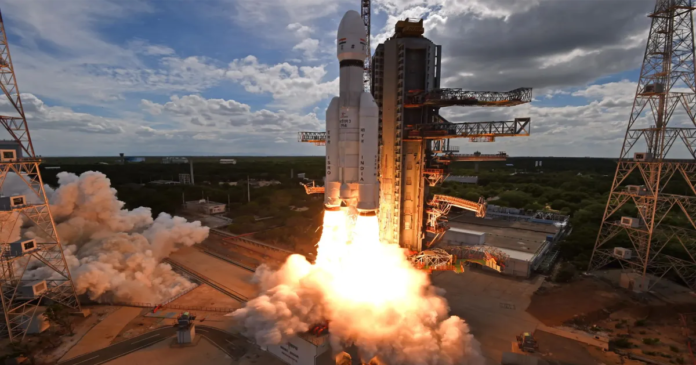India’s most recent space mission saw the completion of a crucial phase in the nation’s second attempt at a lunar landing. The Moon module separated from the propulsion section.
Indian lunar lander splits in key step: Six days prior to the scheduled August 23 landing, the Indian Space Research Organisation (ISRO) announced that the Chandrayaan-3’s lander module has “successfully separated” from the propulsion module. Chandrayaan-3, which means “Mooncraft” in Sanskrit, is an Indian spacecraft.
Saying “Thanks for the ride, mate!” In a post on the social media site X, ISRO made a statement.
According to ISRO, the propulsion module now “continues its journey in the current orbit for months/years” as part of efforts to explore exoplanets, or worlds outside Earth’s solar system.
The instruments on board “perform spectroscopic study of the Earth’s atmosphere and measure variations in polarisation from the clouds on Earth – to accumulate signatures of Exoplanets that would qualify for our habitability!”
The most populous country in the world has an aerospace programme with a relatively low budget, but it is quickly catching up to the benchmarks set by major space powers.
Prior to now, only China, the United States, and Russia had successfully completed a controlled landing on the moon’s surface.
Between August 23 and 24, if everything goes according to plan for the rest of the present mission, the lander will safely settle close to the Moon’s understudied south pole.
Four years ago, India’s previous attempt to do so was unsuccessful because ground control lost contact just before landing.
“Chandrayaan-3: India’s Cost-Effective Lunar Mission Advancements”
Chandrayaan-3, created by ISRO, consists of a lander module called Vikram, which means “valour” in Sanskrit, and a rover named Pragyan, which means “wisdom” in Sanskrit.
The mission’s $74.6 million price tag is significantly less than that of other nations, which is a credit to India’s thrifty space engineering.
The rover has a 14-day mission life on Earth or one lunar day.
S. Somanath, the head of ISRO, stated that his engineers meticulously examined the data from the previous unsuccessful mission and made every effort to correct the bugs.
Since 2008, when India launched its first lunar orbiting mission, the country’s space programme has expanded significantly in both size and velocity.

